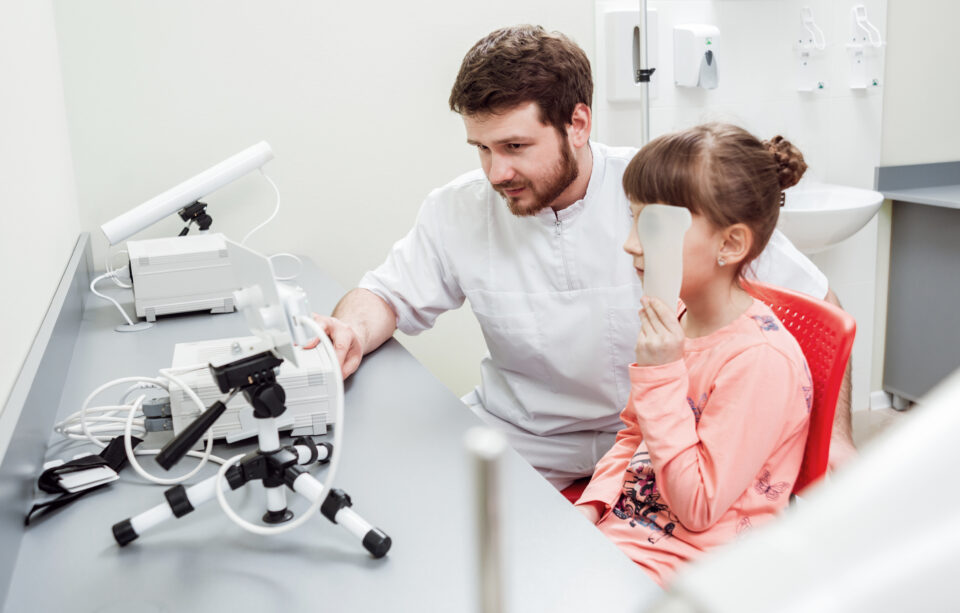
An approach to binocular problems
An approach to binocular problems
In this lecture, Vinita Rangroo Thrane explains how you can approach a patient with binocular problems. These patients range from newborns to elderly people, so the history and examination must be tailored relative to age. Vinita goes through common binocular problems seen by optometrists, when to refer for further diagnosis and treatment, what to include in a referral and some quick points on treatment options.
Key learning points of this talk
- Binocular disorders include a variety of diseases in which the eyes don’t align properly. Symptoms often manifest as asthenopia, headaches, blurred and double vision.
- Multiple representative studies indicate the prevalence of binocular problems to be between 7 and 15% of children and adolescents.
- Phorias, of which exophoria, convergence, accommodative and refractive errors are often the most common binocular disorders seen by optometrists.
- These disorders often have a significant impact on both school and work life, and optometrists are often the first line eye care professionals patients seek out.
- All children with amblyopia, manifest strabismus or reduced binocular vision (stereopsis) should be referred to an ophthalmologist for further diagnosis and treatment. This is to ensure that all underlying causes of the condition are explored and treated.
- Adults with binocular problems interfering with their daily lives, that have not responded to using spectacles or vision therapy, can be referred to an ophthalmologist for further treatment.
- Sudden onset diplopia should be referred to the on-call ophthalmologist as an emergency, as this might be the result of a sudden onset vascular or neurological event.
- A referral should include a detailed account of the presenting complaint, past therapies trialled including spectacle prescription, examination of visual acuity (age-dependent) at near and far, an orthoptic assessment and a cycloplegic exam (important to conduct when possible in order to ascertain the true refraction and to rule out any underlying causes).
- Most patients are treated non-surgically, with spectacles, vision therapy and/or occlusion (for amblyopia). Only a small subset will require surgery.



